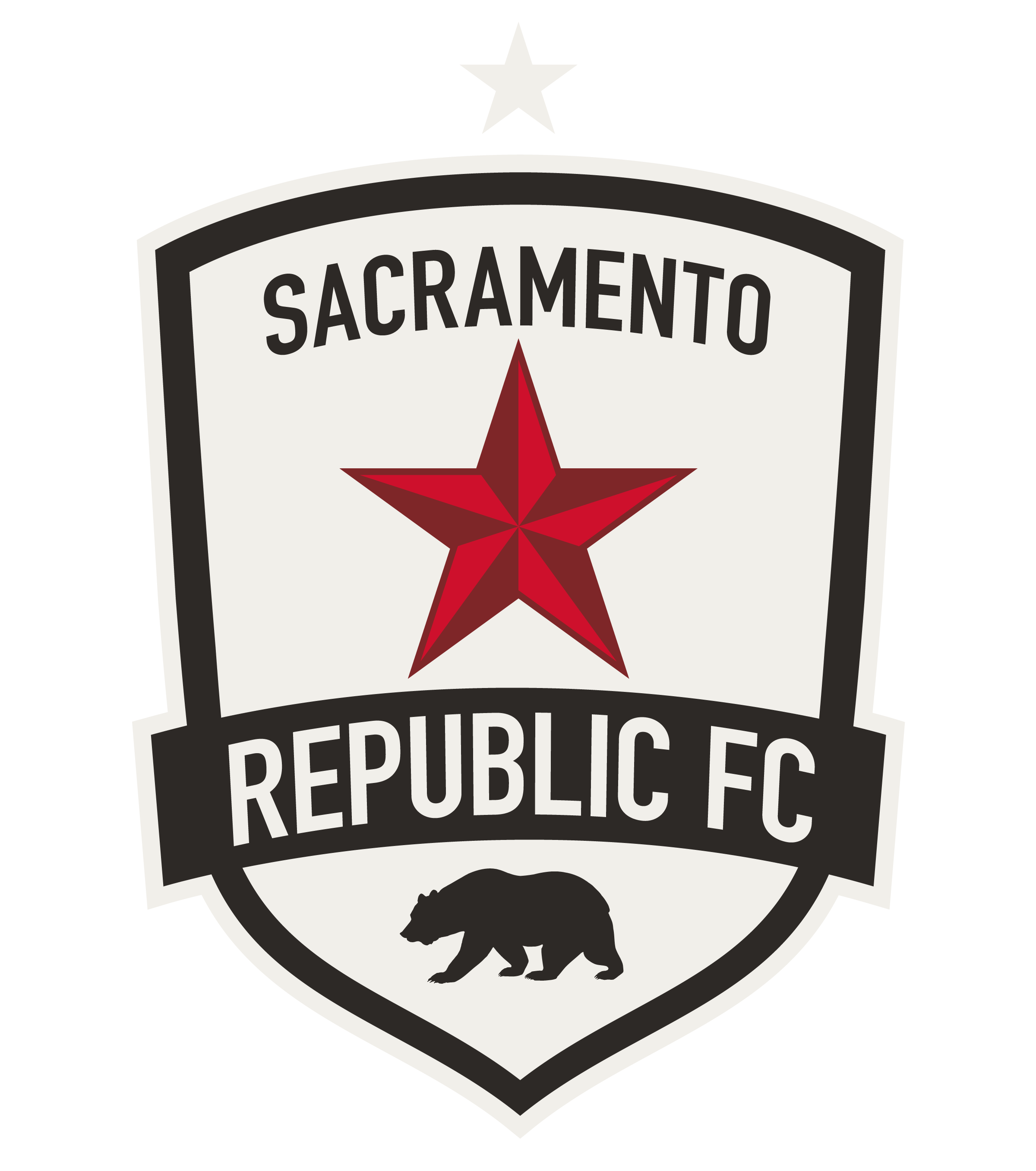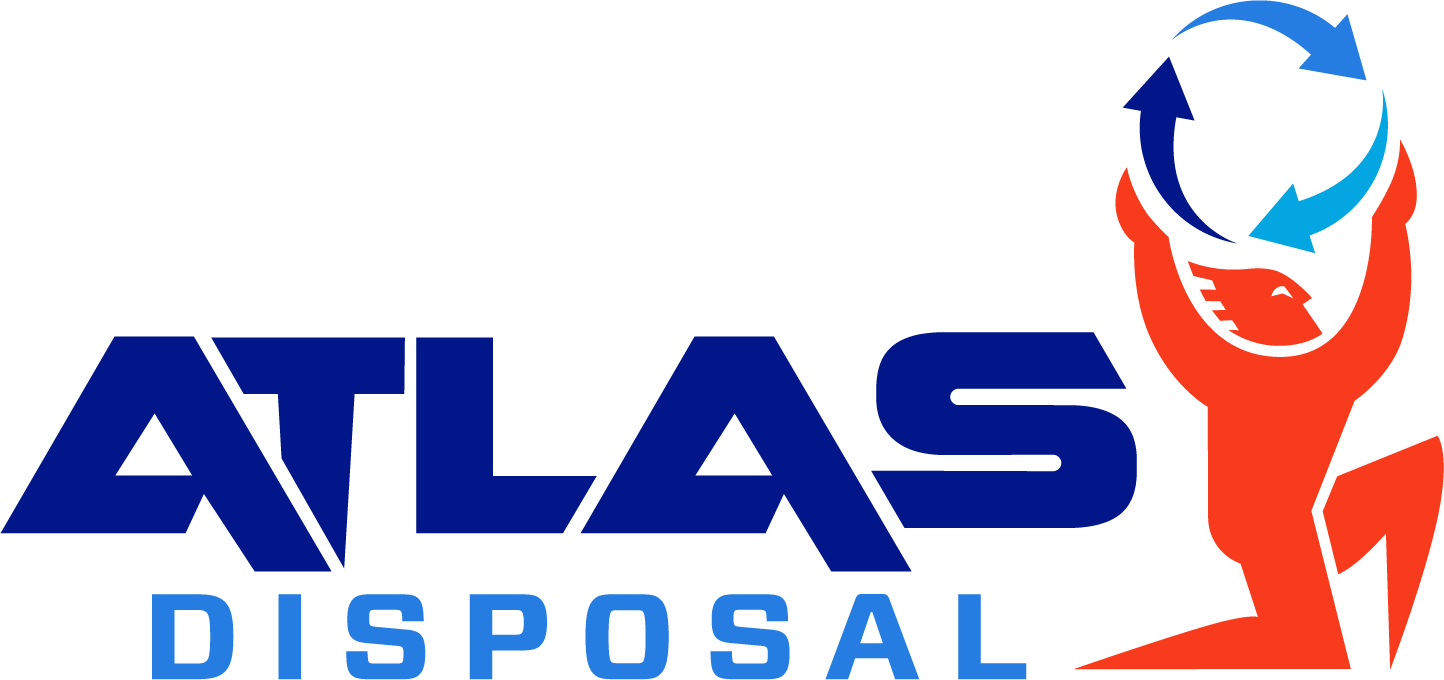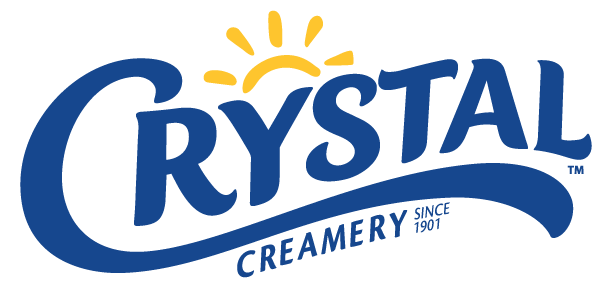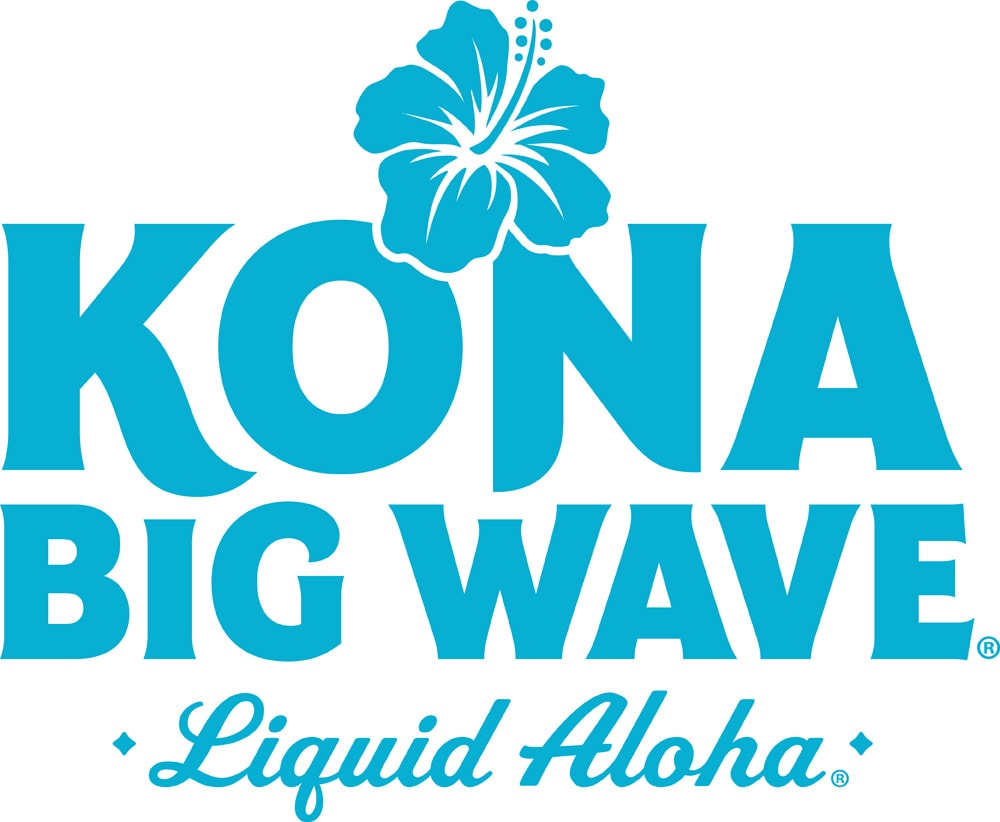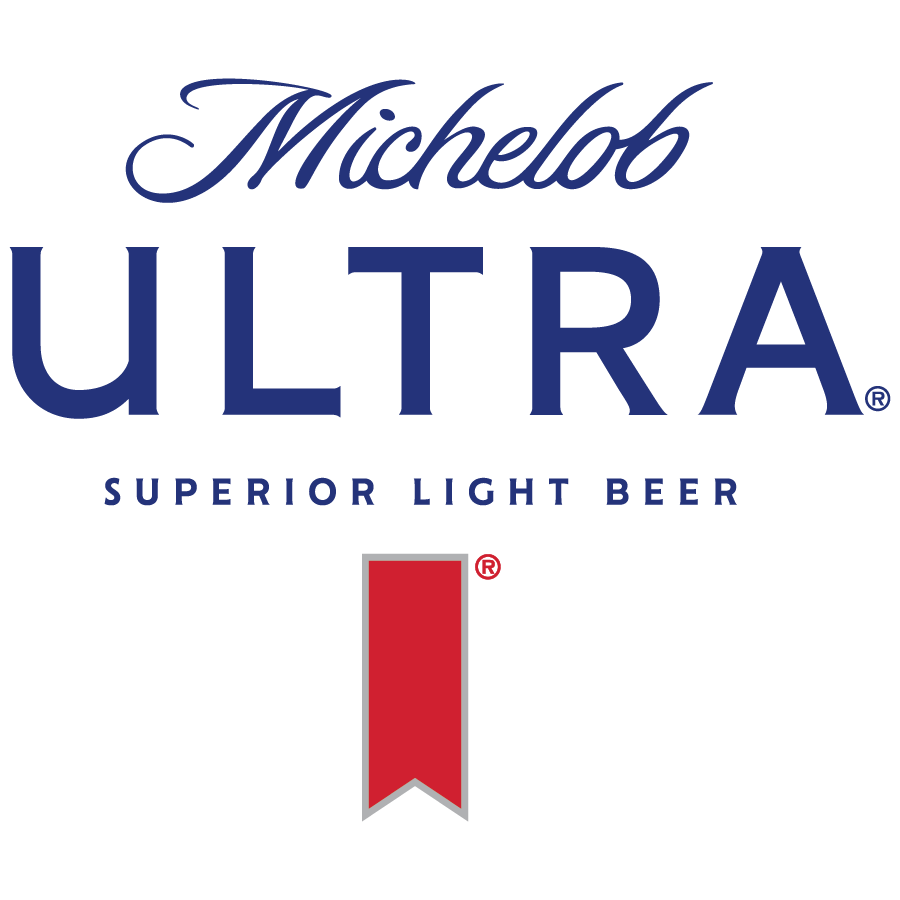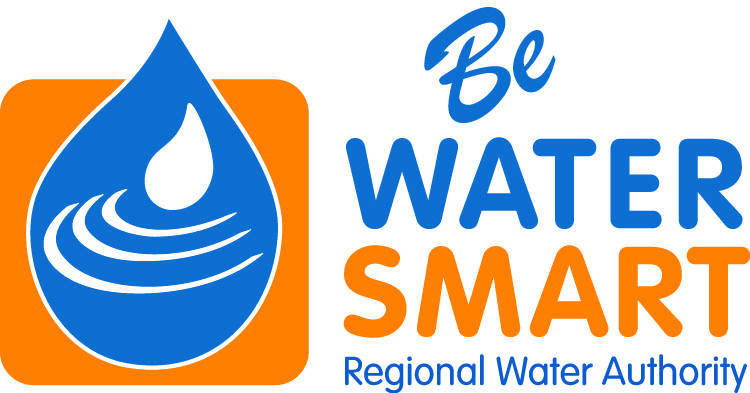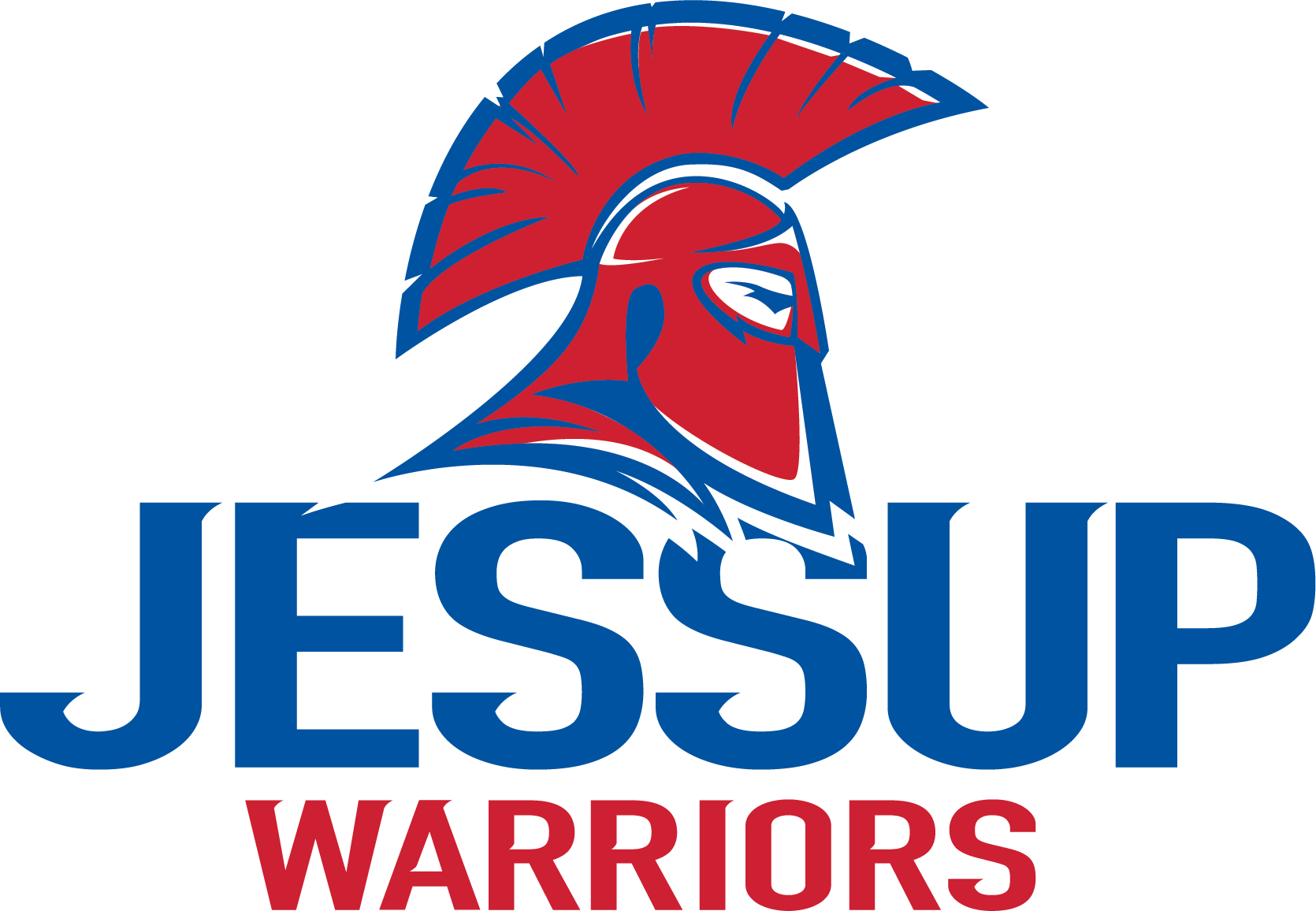Introduced by FIFA in 2014, hydration breaks are still relatively new to the beautiful game, but are a crucial part of the sport, especially during the grueling summer months for leagues such as the USL and MLS.
Hydration breaks were introduced at a large scale during the 2014 FIFA Men’s World Cup in Brazil, where temperatures were among the hottest in tournament history. The first-ever hydration break in tournament history was held in the 39th minute of the United States’ 2-2 draw against Portugal in group play.
While most breaks didn’t last the full three minutes, they marked an important global shift towards changes designed to protect players and maintain a high level of athletic performance.
“Water is required for many of the body’s processes including circulation, digestion, nutrient absorption and physical performance. In terms of safety, the most important function is sweating – the process by which the body cools itself,” explained Dr. Jesse Saenz, who leads Republic FC’s sports and science staff. “During the course of a match, a player can lose as much as five percent of their body weight. As a player dehydrates, they lose the ability to regulate their body temperature with sweat. Hydration breaks are meant to reduce the chance of heat illness.”
Saenz explained that hydration is key not just for ensuring proper body temperature, but also for maintaining Republic FC players’ high level of athletic performance. As players become dehydrated, they begin to lose body mass and as research indicates, as little as a two percent drop in body mass can negatively affect a player’s ability to sprint and dribble.
Proper hydration practices—before and during a match—help ensure that the player does not lose significant body mass due to dehydration. For the average Republic FC player weighing 171 pounds proper, losing as little as 3.42 pounds in water weight can begin to affect athletic performance, so in high temperatures or humid conditions when a player is more likely to sweat, hydration breaks allow players to properly rehydrate to ensure optimal performance levels.
At the USL level, hydration breaks were introduced last season and remain a critical part of the match. The match referee determines whether or not hydrations breaks will be used in a match with extreme heat or humid conditions.
Using the Wet Bulb Globe Temperature—which factors in humidity—hydration breaks in the USL are mandated when the temperature is above 82° degrees Fahrenheit when the fourth official measures the temperature at the kickoff spot at the conclusion of prematch warm ups and before the start of the second half.
Prior to each half, should the temperature be high enough (or in the case of the second half, not drop by at least ten degrees), the officials then inform each club’s coaches, captains and necessary staff that there will be a water break.
Each break lasts up to three minutes and occurs approximately 30 minutes into each half, at the 30th and 75th minute marks once the ball goes out of play. From there, the clock continues to run and the allotted time is then calculated as part of stoppage time. Both sides return to their team bench areas, but active players must remain on the pitch, while bench personnel—including coaching staff—must remain in their respective technical areas.
However, hydration breaks are not the only time when Republic FC players and technical staff are closely monitoring the team’s hydration levels. For optimal match performance, players need to be properly hydrated not just immediately before and during a match, but also after the match and during training sessions throughout the week.
“Soccer is unique in that you have few opportunities during the match to hydrate,” said Saenz. “Hydration is an ongoing process. We keep ‘urine color charts’ in the restrooms at the training ground so players can judge whether they are properly hydrated.”
Additional steps Republic FC players and staff take to ensure players are properly hydrated is through replenishing electrolytes, which help with fluid absorption and muscle function. As electrolytes, like water, are also lost through sweat, it is important players have an adequate amount of electrolytes in their system.
“We use sports drinks on match day to replenish some of the electrolytes lost in sweat,” said Saenz. “We avoid drinking sports drinks in the hour before the match as this will cause an insulin spike leading to low blood sugar and early fatigue during the match. Players may begin drinking sports drinks during the warmup, at half time, and throughout the match.”
Lastly, the final step players take to ensure proper hydration levels and optimal performance is eating a prematch meal or snack which usually consists of healthy carbohydrates such as fruit.
“We provide carbohydrates [in the locker room] to keep energy levels high,” said Saenez. “All these steps help us regulate and maintain players’ performances on the pitch so they continue to perform and at a high level, especially in the summer.”
Introduced by FIFA in 2014, hydration breaks are still relatively new to the beautiful game, but are a crucial part of the sport, especially during the grueling summer months for leagues such as the USL and MLS.
Hydration breaks were introduced at a large scale during the 2014 FIFA Men’s World Cup in Brazil, where temperatures were among the hottest in tournament history. The first-ever hydration break in tournament history was held in the 39th minute of the United States’ 2-2 draw against Portugal in group play.
While most breaks didn’t last the full three minutes, they marked an important global shift towards changes designed to protect players and maintain a high level of athletic performance.
“Water is required for many of the body’s processes including circulation, digestion, nutrient absorption and physical performance. In terms of safety, the most important function is sweating – the process by which the body cools itself,” explained Dr. Jesse Saenz, who leads Republic FC’s sports and science staff. “During the course of a match, a player can lose as much as five percent of their body weight. As a player dehydrates, they lose the ability to regulate their body temperature with sweat. Hydration breaks are meant to reduce the chance of heat illness.”
Saenz explained that hydration is key not just for ensuring proper body temperature, but also for maintaining Republic FC players’ high level of athletic performance. As players become dehydrated, they begin to lose body mass and as research indicates, as little as a two percent drop in body mass can negatively affect a player’s ability to sprint and dribble.
Proper hydration practices—before and during a match—help ensure that the player does not lose significant body mass due to dehydration. For the average Republic FC player weighing 171 pounds proper, losing as little as 3.42 pounds in water weight can begin to affect athletic performance, so in high temperatures or humid conditions when a player is more likely to sweat, hydration breaks allow players to properly rehydrate to ensure optimal performance levels.
At the USL level, hydration breaks were introduced last season and remain a critical part of the match. The match referee determines whether or not hydrations breaks will be used in a match with extreme heat or humid conditions.
Using the Wet Bulb Globe Temperature—which factors in humidity—hydration breaks in the USL are mandated when the temperature is above 82° degrees Fahrenheit when the fourth official measures the temperature at the kickoff spot at the conclusion of prematch warm ups and before the start of the second half.
Prior to each half, should the temperature be high enough (or in the case of the second half, not drop by at least ten degrees), the officials then inform each club’s coaches, captains and necessary staff that there will be a water break.
Each break lasts up to three minutes and occurs approximately 30 minutes into each half, at the 30th and 75th minute marks once the ball goes out of play. From there, the clock continues to run and the allotted time is then calculated as part of stoppage time. Both sides return to their team bench areas, but active players must remain on the pitch, while bench personnel—including coaching staff—must remain in their respective technical areas.
However, hydration breaks are not the only time when Republic FC players and technical staff are closely monitoring the team’s hydration levels. For optimal match performance, players need to be properly hydrated not just immediately before and during a match, but also after the match and during training sessions throughout the week.
“Soccer is unique in that you have few opportunities during the match to hydrate,” said Saenz. “Hydration is an ongoing process. We keep ‘urine color charts’ in the restrooms at the training ground so players can judge whether they are properly hydrated.”
Additional steps Republic FC players and staff take to ensure players are properly hydrated is through replenishing electrolytes, which help with fluid absorption and muscle function. As electrolytes, like water, are also lost through sweat, it is important players have an adequate amount of electrolytes in their system.
“We use sports drinks on match day to replenish some of the electrolytes lost in sweat,” said Saenz. “We avoid drinking sports drinks in the hour before the match as this will cause an insulin spike leading to low blood sugar and early fatigue during the match. Players may begin drinking sports drinks during the warmup, at half time, and throughout the match.”
Lastly, the final step players take to ensure proper hydration levels and optimal performance is eating a prematch meal or snack which usually consists of healthy carbohydrates such as fruit.
“We provide carbohydrates [in the locker room] to keep energy levels high,” said Saenez. “All these steps help us regulate and maintain players’ performances on the pitch so they continue to perform and at a high level, especially in the summer.”































































































































































































































































































